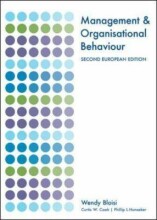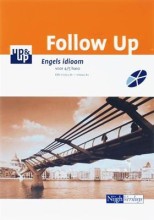River Network and Groundwater
14 important questions on River Network and Groundwater
What four steps involves end-member mixing analysis (EMMA)?
2. Characterizing the unique chemical or isotopic characteristics of each end member.
3. Measuring the concentrations of those characteristic components in streamflow.
4. Using mathematical analysis to determine the proportion of each end member present.
What are four assumptions when using end-member mixing analysis (EMMA)?
2. All sources are taken into account.
3. The stream is well mixed.
4. End-members have to be sufficiently different from
each other.
What does water do in places with high drainage density?
Water has to travel shorter distances to reach the stream (from being rainfall).
- Higher grades + faster learning
- Never study anything twice
- 100% sure, 100% understanding
What is an intermittent stream?
What is event flow / direct flow / storm flow / quick flow?
What is base flow?
What is a gaining (or effluent) reach?
What is a seepage face?
What is a losing (or influent) reach?
How much can the stream network vary?
Within an individual catchment, the density of actively flowing streams can vary by up to an order of magnitude seasonally or during rainstorms.
Where do we expect flowing streams?
Flowing streams exist wherever the supplied discharge from upstream (Q) exceeds the transport capacity of permeable sediment and bedrock underneath the stream channel.
What is hyporheic flow?
What are confining layers?
What is potentiometric surface?
The question on the page originate from the summary of the following study material:
- A unique study and practice tool
- Never study anything twice again
- Get the grades you hope for
- 100% sure, 100% understanding






























